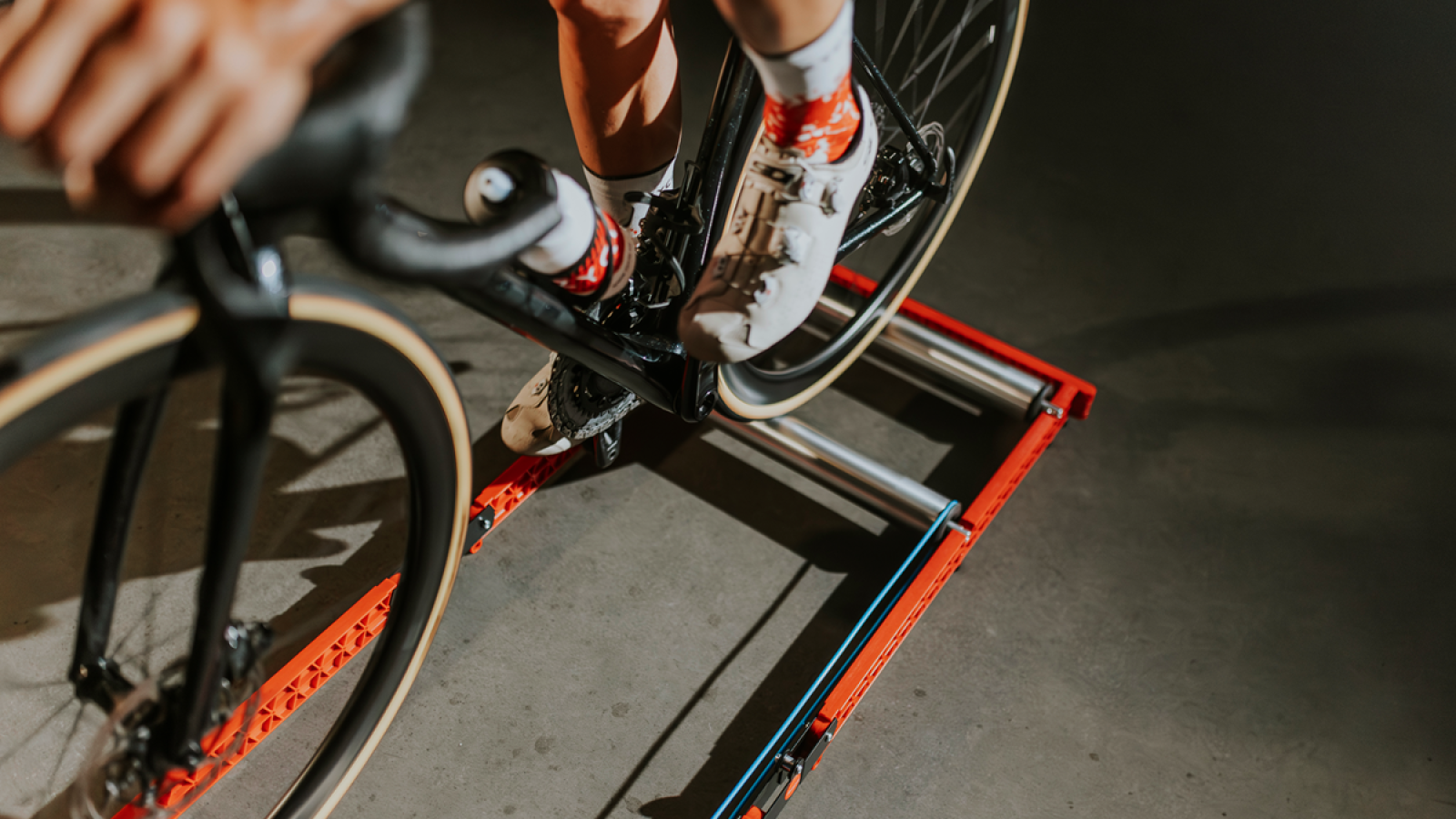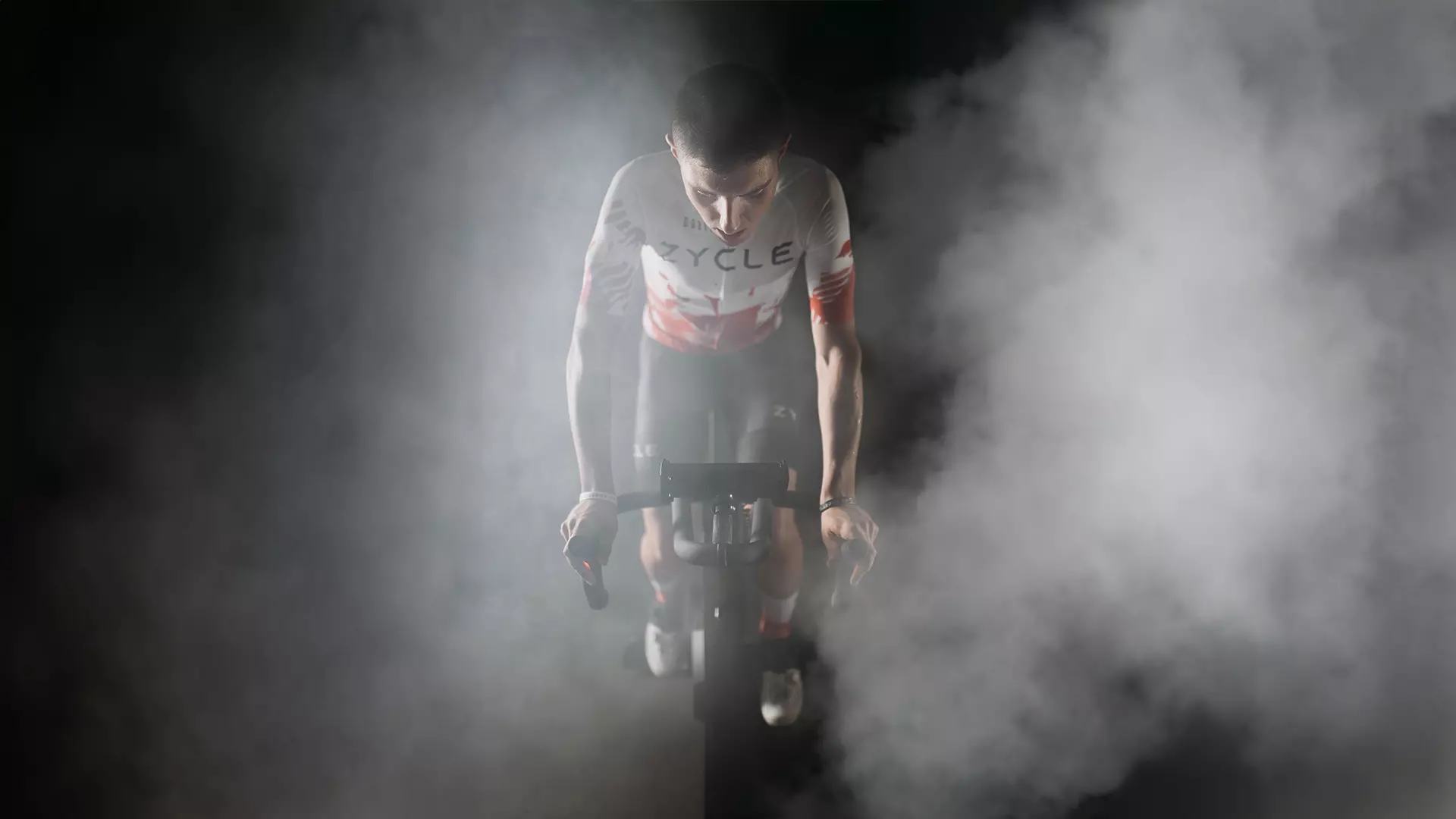Cycling, like any sporting discipline, requires planning, perseverance and knowledge. Controlling aspects such as training intensity, rest, hydration and physical condition allows you to progress in a balanced way and avoid overload or stagnation. In addition, getting information on proper nutrition, the ideal times to train and how to adapt exercise to factors such as weather or fatigue is key to getting the most out of each session. In the same vein, it is very convenient to know what the metabolic window is, especially if you perform demanding workouts and seek to improve. In this article we focus on informing you about this concept and how it can benefit you as a cyclist. Read on!
What is the metabolic window?
The metabolic (or anabolic) window is a concept that refers to the period following intense physical activity, during which the body is more sensitive to assimilating nutrients. Although it is not an “all or nothing” switch, during this time the body prioritizes the replenishment of muscle glycogen, the main source of energy used. In addition, the uptake of amino acids to repair muscle fibers damaged by exertion is facilitated. This is due, in part, to an increased sensitivity to insulin, which optimizes the transport of nutrients to the muscle cells. In summary, post-exercise nutrition has a very positive impact on recovery and improved athletic performance.
How long does the metabolic window last and what can we ingest?
There is a debate about the duration of this “window”. Traditionally, a critical period of 30-45 minutes has been considered. However, the most recent scientific evidence indicates that sensitivity to nutrient uptake remains high for several hours (even up to 24 hours later).
The urgency to replenish nutrients right after finishing is only critical if you are going to train again in less than 8-12 hours (e.g. double sessions) or if you have trained on an empty stomach. For most athletes, the important thing is to ensure adequate nutrient intake in the hours afterwards, without the need to obsess about the first 30 minutes.
As for the recommended foods to consume at this time, the ideal is a combination of carbohydrates and protein in a ratio of approximately 3:1 or 4:1. This will help us replenish glycogen and initiate muscle repair. Of course, there are many options available that you can include in your diet, these are just a few examples:
- Recovery shakes with carbs and protein (whey or vegetable).
- Banana + natural yogurt or kefir.
- Whole wheat toast with turkey or avocado.
- Oatmeal with milk and fruit.
- Rice with egg and vegetables (if opting for a full meal).
Metabolic window in cycling: How does it help us?

Well-planned post-workout nutrition is a key tool for any cyclist who wants to recover better, train better and make sustained progress. With good nutritional planning, based on real food or well-chosen supplementation, you can maximize the benefit of each training session. Beyond the myths, the important thing to understand is that the total amount of nutrients you ingest throughout the day is the main factor, with the post-workout meal being an important part of that overall strategy.
Keep in mind that cycling, especially in its background or high intensity modalities (such as road cycling, indoor cycling with smart bike and/or roller, or mountain biking), involves a high energy expenditure and an intense use of glycogen reserves. In addition, prolonged exertion causes muscle microtears that require repair. Adequate post-exercise intake helps us in the following ways:
Faster recovery between sessions
One of the most obvious benefits of post-workout nutrition is to speed recovery. Right after training, the body is more receptive to replenish the muscle glycogen that has been consumed. By ingesting fast-absorbing carbohydrates after training, a more efficient replenishment is achieved, allowing you to return to training sooner and with more energy. In cycling, where it is common to train several days in a row or even do double sessions (morning and afternoon), good recovery is key to maintaining consistency without falling into fatigue.
Reducing muscle damage and inflammation
During intense physical exertion – such as climbs, sprints or prolonged sessions – muscle fibers suffer micro-injuries. Consuming high-quality protein (such as whey or egg protein) starts the muscle repair process just when the muscle is most receptive. In addition, certain foods or supplements may have anti-inflammatory effects (such as omega-3 fatty acids or natural antioxidants), which helps reduce delayed onset muscle soreness (DOMS) and improves overall recovery.
Stimulation of protein synthesis
Post-workout is also an ideal time to activate muscle protein synthesis, essential for cyclists who are strength training or want to maintain muscle mass during periods of high volume. Including a dose of 20-30 g of complete protein after training helps the body rebuild damaged muscle tissue, improve body composition and maintain muscle functionality over time.
Optimization of physiological adaptations
Making good use of this post-workout phase favors adaptations to the physical stimulus. That is to say, improved endurance, greater metabolic efficiency and development of aerobic power. This is because, with the right nutrients, the body can more quickly initiate processes such as energy supercompensation and mitochondrial growth, which are key to better performance in future sessions.
Reduction of accumulated fatigue
Replenishing energy and nutrients well in the hours after exertion prevents progressive exhaustion in weeks of loading. This translates into more freshness, better mood and less risk of overtraining. For cyclists who train several days a week, taking care of this phase is essential to maintain performance and prevent injury.
Some advice on the metabolic window
- The concept of the “metabolic window” as a critical, brief period is a largely outdated idea. Post-workout nutrition is important, yes, but its urgency has been magnified.
- Prioritize the daily total: Focus on consuming the right amount of carbohydrates to replenish your glycogen stores and protein to repair and adapt your muscles, spread throughout the day.
- Eat without stress: Finish your workout and eat when it is practical and you feel like it. This can be after 30 minutes or 3 hours. Your body will continue to use those nutrients very efficiently.
- Apply urgency only when necessary: If you do two daily sessions (for example, cycling in the morning and strength training in the afternoon), then it is advisable to ingest carbohydrates and protein as soon as possible after the first session to accelerate glycogen resynthesis for the second session.


 Cart is empty
Cart is empty 


